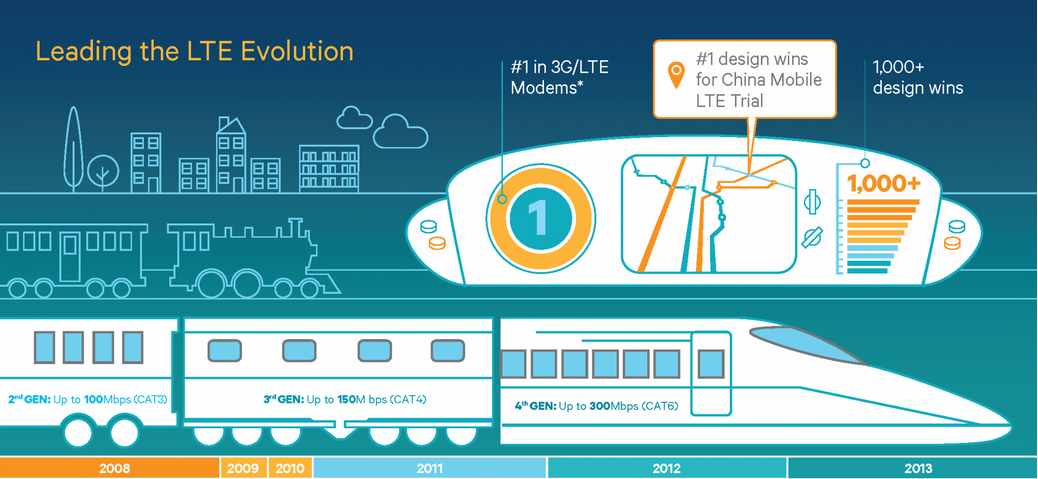
If you’re still riding high on the purchase of that new smartphone, the one with Qualcomm’s brand new Snapdragon 800 processor inside, your time is up.
This week, Qualcomm announced the impending sampling of Snapdragon 805, a small but significant boost for the Krait family of chipsets. Rising to 2.5Ghz from the current maximum of 2.3Ghz, the quad-core chip boasts a new Adreno 420 GPU that supports native 4K playback. The so-called “Ultra HD processor,” to use the company’s own marketing spin, has enough bandwidth to showcase the next generation of content resolution in real-time. Theoretically, this should allow users to play games and movies at that native resolution, but it could also mean rendering basic user interfaces as well.
The Adreno 420 GPU is yet another big generation jump from the Adreno 330 inside Snapdragon 800, itself a nice speed boost from Adreno 320 in the Snapdragon 600. Adreno 420 adds hardware tessellation and geometry shaders, and plays back H.265 video, on its way to becoming the new encoding standard, at very low power.
Snapdragon 805 also boasts a newer, more powerful camera ISP. Most Android cameras don’t quite reach the mark of the iPhone, and it’s likely because the image processing, much of which is offloaded to the GPU, isn’t as advanced as Apple’s latest integrated signal processing. The onus is still on the OEMs to deliver a great experience — we’re seeing the Moto X as the beginning of that trend — but capture speed and image quality is a concern that Qualcomm is addressing here.
Finally, Qualcomm is also introducing the Gobi MDM9x35 modem, which offers 300Mbps in the downlink through carrier aggregation and LTE Advanced. MDM9x35 is the first CAT 6 LTE modem, and uses two 20Mhz channels, paired or fragmented, to take advantage of areas with higher bandwidth.
What’s interesting about the new modem, combined with the WTR3925 RF transceiver, is that it should allow manufacturers to use a single chip to access most LTE frequencies around the world; it is 3GPP Release 11 capable, and is built on 20nm and 28nm processes, respectively, making them much lower power.
All told, when the SoC/modem combo begin sampling early next year, smartphone users are in for a treat.


